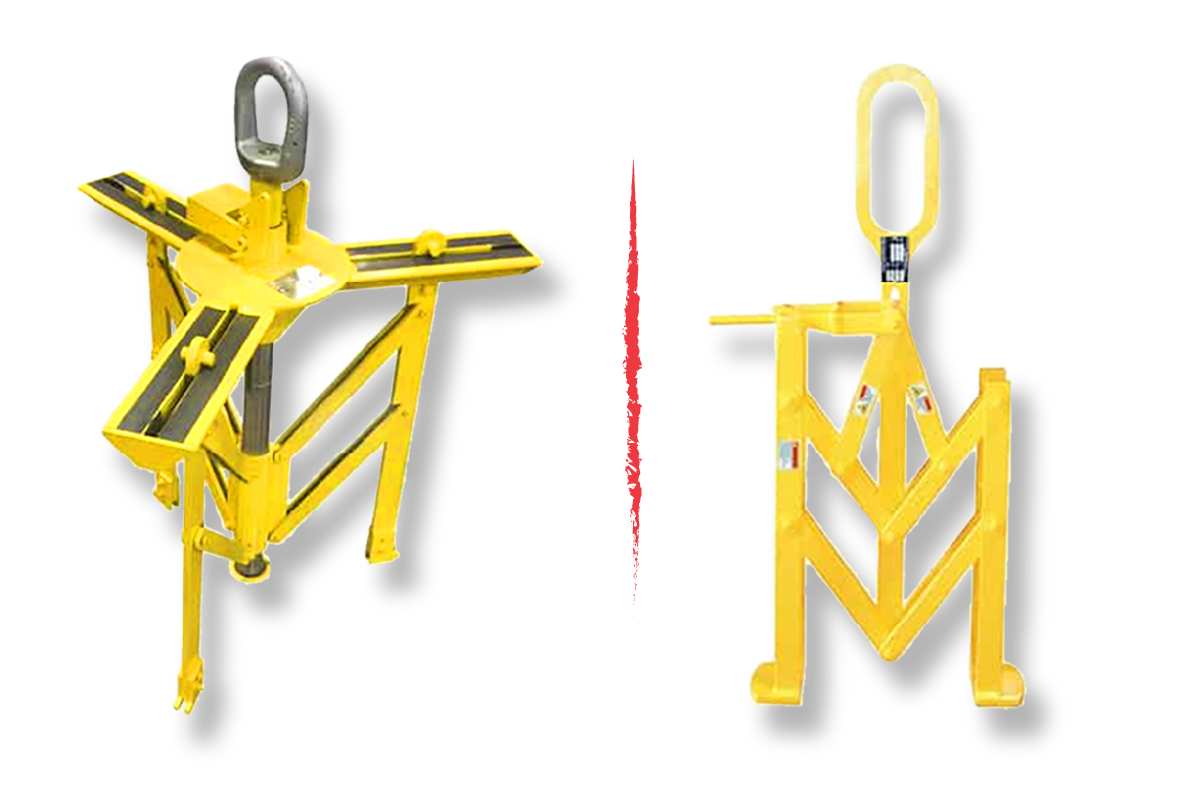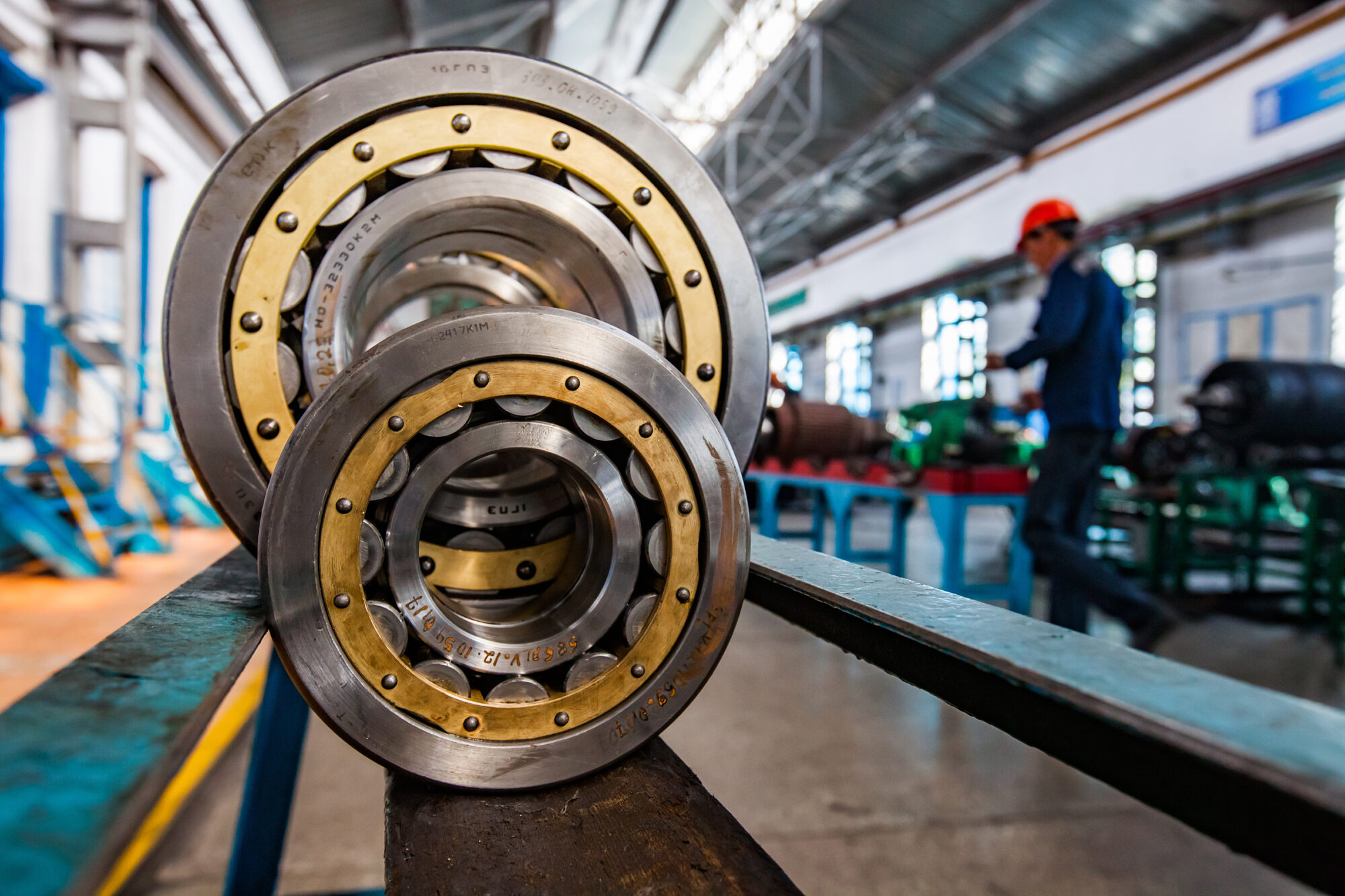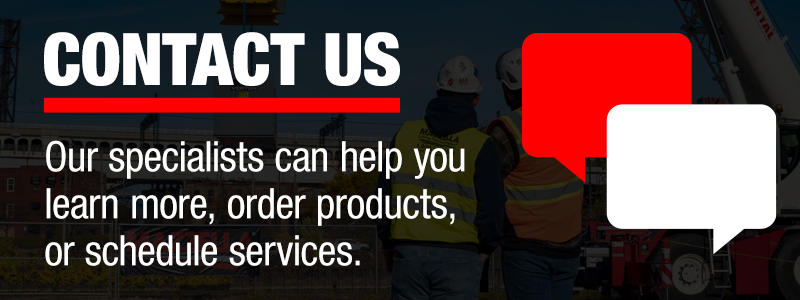What Is a Bearing Lifter for an Overhead Crane?
Learn what a bearing lifting device is for an overhead crane, how it improves safety, and prevents damage to bearings.
Every company that works with heavy rotating equipment knows how critical bearings are to production. But moving and installing those same bearings can create serious challenges—and safety risks—if the right tools aren’t in place.
Many facilities still rely on slings, hooks, or improvised rigging to lift and position bearings. These methods are not only inefficient, but they can also damage precision surfaces or lead to dropped loads and injuries. That’s where a customized below-the-hook lifting device, like a bearing lifter for an overhead crane comes in.
In this article, we’ll explain what bearing lifters are, why they matter, and how they can improve safety and efficiency in your facility. You’ll also learn what industries rely on them, what types are available, and how to determine if a custom-engineered solution is right for you.
What Is a Bearing Lifter for an Overhead Crane?
When your operation depends on handling heavy precision bearings, safety and accuracy are everything. A bearing lifter for an overhead crane is a specialized below-the-hook device designed to grip a bearing securely—usually by its inside diameter (ID)—so it can be lifted, positioned, or removed without damage.
Unlike slings, plate hooks, or improvised rigging, a bearing lifter provides a rigid connection that stays engaged even if the load slackens. The most common design is the umbrella-style bearing lifter, which uses three or four legs that expand outward as the bail is lifted. This allows one device to accommodate a range of bearing sizes while applying even, constant pressure to the inner diameter.
What Types of Bearing Lifters Are Available?

There are two main styles of bearing lifters:
- ID (inside diameter) lifters – The most common and versatile. The umbrella-style design allows one device to fit a wide range of bearing IDs.
- OD (outside diameter) lifters – Used in certain applications, such as when a bearing must be installed directly onto a shaft.
Standard capacities typically range from 50 to 500 lbs., but Mazzella can custom engineer lifters capable of handling 2–3 tons when required.
Why Are Bearing Lifters Safer Than Slings or Hooks?
Without a dedicated bearing lifter, workers often turn to lifting slings, plate hooks, or even a crane hook itself. While these methods may seem convenient, they introduce significant risks:
- Slings can slip out from under a load if tension is released.
- Hooks and plate hooks don’t maintain a rigid hold once slack develops.
- Bearings are easily damaged if lifted from the wrong points or with uncontrolled rigging.
A bearing lifter eliminates these hazards by keeping the load stable and secure. Even if the operator eases off the crane, the device maintains its grip. This reduces the chance of dropped loads, damaged equipment, and injuries.
What Industries Use Bearing Lifters?

Bearing lifters are widely used anywhere large, heavy bearings are part of daily operations, including:
- Steel mills
- Power generation facilities
- Heavy equipment manufacturing and repair
- General manufacturing plants
If your facility regularly lifts and installs bearings, a dedicated bearing lifter can improve safety and efficiency immediately.
How Do Bearing Lifters Prevent Damage to Bearings
Bearings are precision components, and their surfaces can’t tolerate scratches, dents, or uneven pressure. To prevent damage, bearing lifters can be built with non-marring contact surfaces, such as:
- UHMW (ultra-high molecular weight) polyethylene
- Brass
- Bronze
These materials protect the bearing surface while still providing the grip and rigidity needed for safe lifting.
Do You Need a Custom Bearing Lifter or an Off-the-Shelf Option?
Unlike common lifting devices such as spreader beams, bearing lifters are rarely sold “off the shelf.” In fact, most available alternatives are improvised tools that weren’t designed for overhead lifting at all.
A custom-engineered bearing lifter ensures the device is designed specifically for your bearing dimensions, lifting requirements, and safety needs. This tailored approach reduces risk, improves fit, and ensures compliance with industry standards.
Can You Make a Homemade Bearing Lifter?
Some of the companies that have been making their own lifting devices in-house feel their internal people have the best understanding of their practices and applications. Also, they may feel it unnecessary to bring in an outside company.
By using homemade below-the-hook lifting devices, companies are acting as the manufacturer of that device and assuming all risk should the device fail—resulting in damage to property or injury to workers.
If moving bearings is a critical part of your production or maintenance process, you should rely on a proven and accredited manufacturer, like Mazzella.
What Safety Standards Apply to Bearing Lifters?
Bearing lifters fall under the same requirements as other BTH devices:
- ASME B30.20 – Below-the-Hook Lifting Devices
- ASME BTH-1 – Design Standards for Below-the-Hook Devices
To remain compliant, bearing lifters require:
- Annual documented inspections
- Load testing (recommended, not required)
- Proper record-keeping of inspections and maintenance activities
How Much Does a Bearing Lifter Cost?
The cost of a bearing lifter depends on the size, weight, and complexity of the design. Typical pricing ranges from $2,000 to $7,000.
Cost drivers include:
- Bearing diameter and weight
- Custom features such as non-marring contact surfaces
- Required lifting capacity
Rental options are not common. Bearing lifters are typically purchased as permanent tools engineered for long-term use.
How Do You Know If a Bearing Lifter Is Right for Your Facility?
A bearing lifter is worth considering if:
- Your team regularly handles large or heavy bearings.
- Bearings being lifted exceed safe manual handling limits (e.g., 35 lbs. or more).
- You need to reduce downtime, injuries, or equipment damage caused by improvised lifting methods.
What Questions Should You Ask Before Buying a Bearing Lifter?
Before investing, make sure you can answer these questions:
- What types and sizes of bearings do we lift most often?
- How frequently are bearings moved or installed?
- What is the maximum weight range we need to handle?
- Who will be responsible for inspection and maintenance of the device?
Answering these questions upfront ensures you receive the right custom design for your application.
Why Choose Mazzella for Bearing Lifters?
Mazzella designs and fabricates custom bearing lifters for overhead cranes across multiple industries. With decades of expertise in below-the-hook solutions, we provide:
- Custom engineering for your exact application
- Options for non-marring surfaces to protect precision bearings
- Compliance with ASME B30.20 and BTH-1 standards
- Integrated support for design, inspection, and testing
Reach out to one of our Below-The-Hook Lifting Specialists to learn more about what option is best for your environment.
Mazzella has been a leader in designing, manufacturing, and installing below-the-hook lifting devices for organization of any size and industry. Check out our Custom Lifting Device Checklist and Design Sheet to learn more.
Frequently Asked Questions About Bearing Lifters
What is the difference between an ID and OD bearing lifter?
ID lifters grip the inside diameter of the bearing (most common), while OD lifters grip the outside diameter—often used when installing bearings onto shafts.
What is the maximum weight a bearing lifter can handle?
Standard capacities are 50–500 lbs., but custom designs can handle up to 2–3 tons.
Do bearing lifters require annual inspections?
Yes. ASME standards require annual documented inspections for all below-the-hook lifting devices.
How much does a bearing lifter cost?
Most bearing lifters fall in the $3,000–$7,000 range, depending on size, weight, and customization.
Can bearing lifters damage precision bearing surfaces?
Not if designed properly. Non-marring materials such as UHMW, brass, or bronze are used to protect surfaces during lifts.
How do I know if I need a custom bearing lifter?
If you regularly lift bearings or if your bearings exceed safe manual handling weight limits, a custom lifter is the right solution.
How long does it take to design and deliver a custom lifter?
Lead time depends on complexity, but most projects move quickly once bearing specifications are provided.

Copyright 2025. Mazzella Companies.
